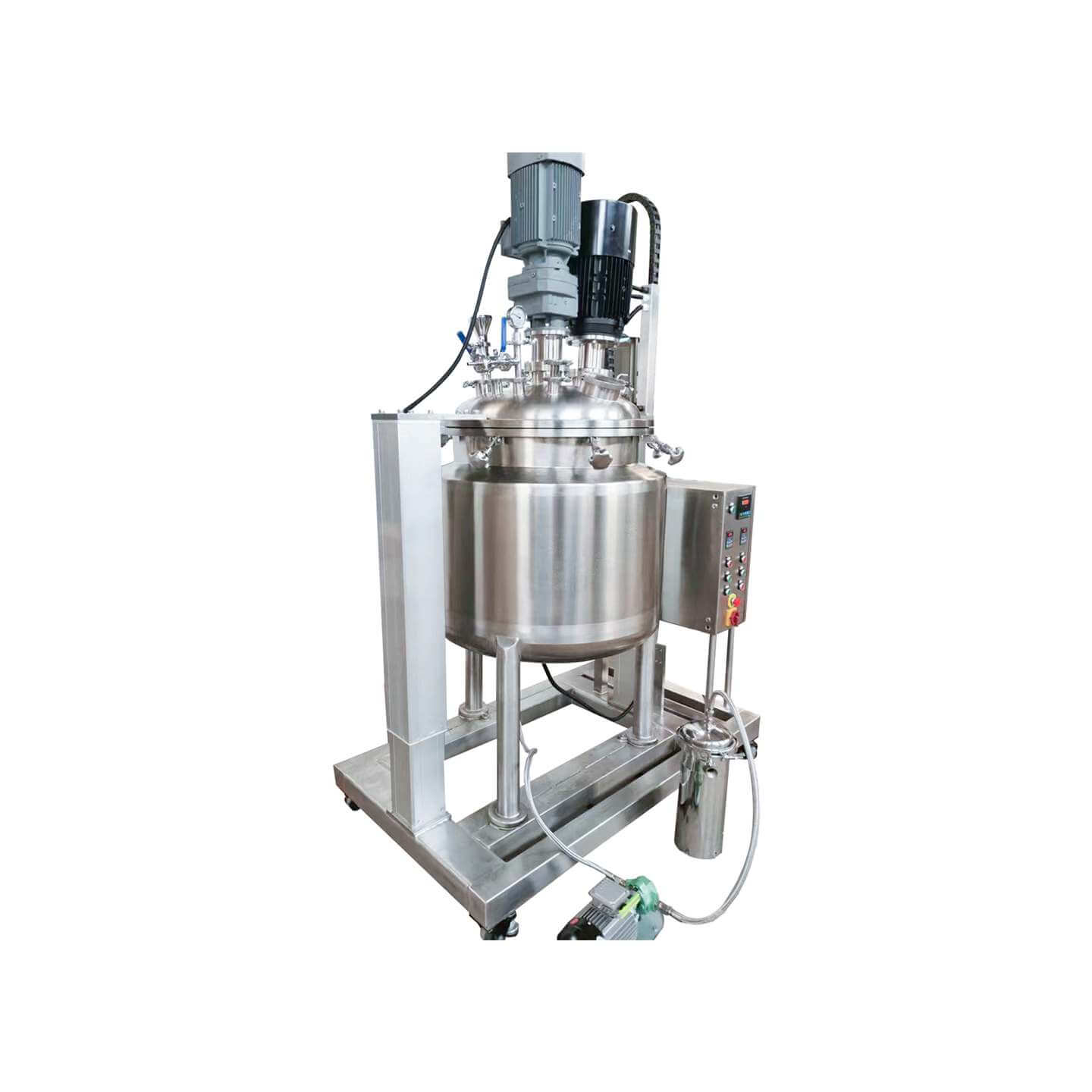

Laboratory Reactor
Laboratory reactor: used in the chemical industry, pesticide, paint, and other fields
Material
glass, stainless steel (316, 304), carbon steel, others
Capacity (L)
10-10000+
Mixing system
anchor, paddle, frame and others
Heating system
electric heating, oil heating and others
The laboratory reactor is small in size, beautiful in appearance, light, and fast in installation. It is composed of a pot body, pot cover, stirrer, jacket, support and transmission device, shaft sealing device, etc. The type of stirring device, rotation speed, sealing structure, heating method, etc. are produced.
Request a quoteA laboratory reactor is a relatively common chemical reaction equipment. Its application is very wide, and when working, the impact of the laboratory reactor on the environment is almost non-existent, and it is a very environmentally friendly process.
When using a laboratory reactor, you need to understand its basic operation and follow the instructions. Otherwise, it is easy to cause damage to the laboratory reactor and the failure rate will also increase. For laboratory reactors, parts must be thoroughly cleaned after the work is completed to prevent the machine from being contaminated for a long time, causing rust or serious damage to the parts. At the same time, regular maintenance and upkeep are required. Once there is a problem with the laboratory reactor, it needs to stop working immediately. And check it under safe conditions. When the reacted materials are put into the laboratory reactor for use, the internal gaps should be evenly distributed to avoid excessive temperature caused by stacking together.

Not only that, when the laboratory reactor is used for too long, it needs to be stopped occasionally for inspection to prevent the temperature from being too high, which may cause the components of the laboratory reactor to be deformed and damaged due to the influence of temperature. After the laboratory reactor was improved and upgraded, RUNGYU engineers simplified its process flow and reduced the pressure on each component of the machine to a great extent, achieving the characteristics of safety, efficiency, energy saving, and environmental protection.
Laboratory reactors are widely used, not only in scientific research institutions, schools, laboratories, etc., but also in material reactions in large factories. There are many manufacturers of laboratory reactors. When users choose a machine, they must first consider its working pressure when ordering, and choose the appropriate machine according to their needs. Most of the requirements basically exist in the size of the laboratory reactor pressure, available range, production power, fluid, etc., as well as the laboratory reactor manufacturer’s pre-sales and after-sales services, the manufacturing process of the machine, and the company’s teaching team.

In addition, when purchasing a laboratory reactor, you also need to determine the model you choose. Engineers use specific control systems for different types of fluids when designing. Because different types of products are used in different situations. At this time, it will naturally take more time and energy. In this way, you can buy a cost-effective laboratory reactor. After these requirements are clear, the price of the laboratory reactor also needs to be considered. As there are more and more manufacturers of laboratory reactors, their prices also vary greatly. If you can buy products with good quality and affordable prices, the first choice is a big brand manufacturer. Not only will there be no middlemen, but the after-sales service of the machine will also be guaranteed to a certain extent.
RUNGYU is a manufacturer with more than 20 years of experience in laboratory reactor manufacturing. Have a complete team of experts. Provide users with 24-hour after-sales and pre-sales consultation, and each user can get one-on-one consultation services. RUNGYU also has glass reactors, high-pressure reactors, jacketed reactors, etc. to meet all users’ needs for chemical reactors. It also provides a full set of outputs for chemical reactor-related production lines, allowing users to easily purchase and use them.




